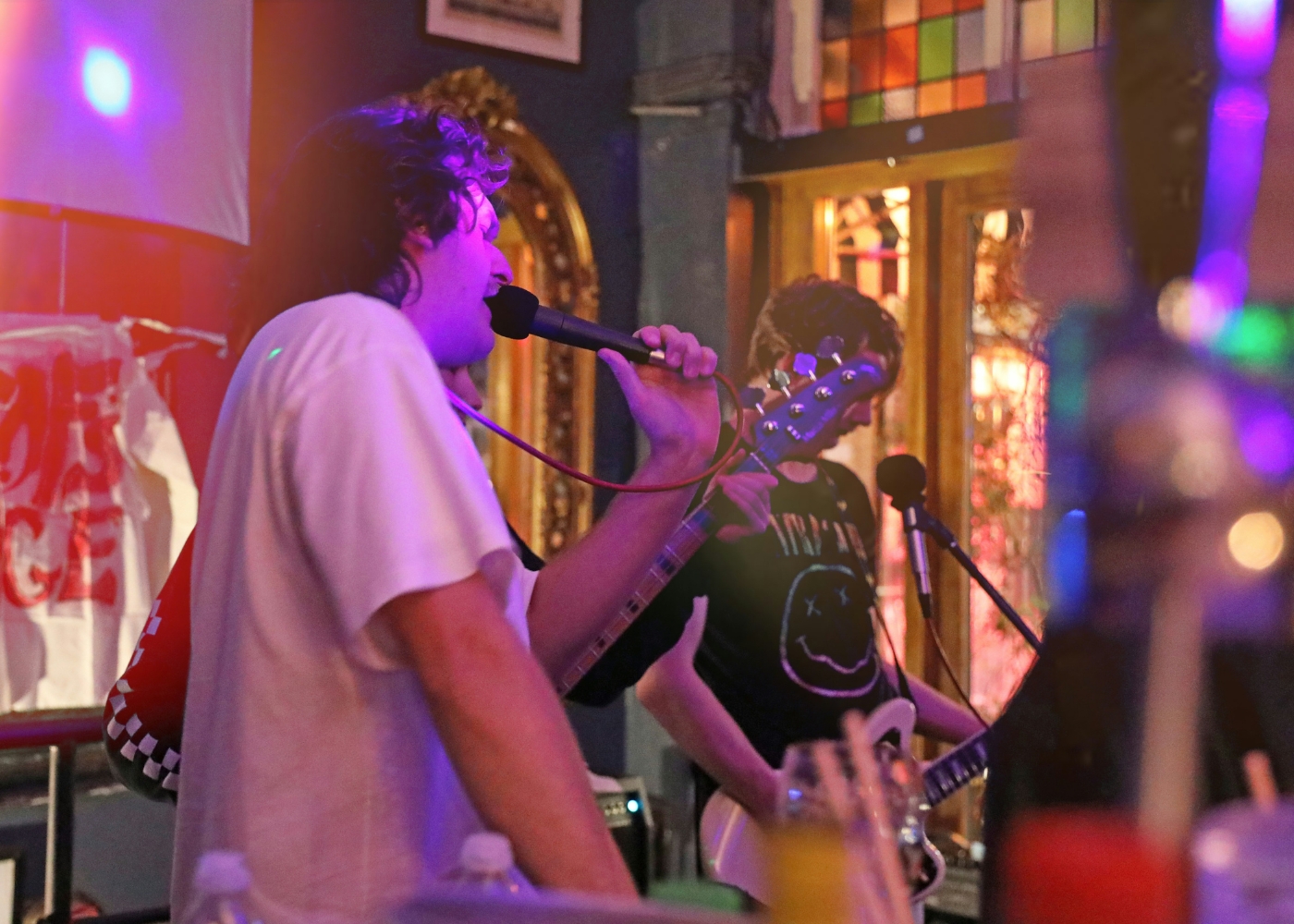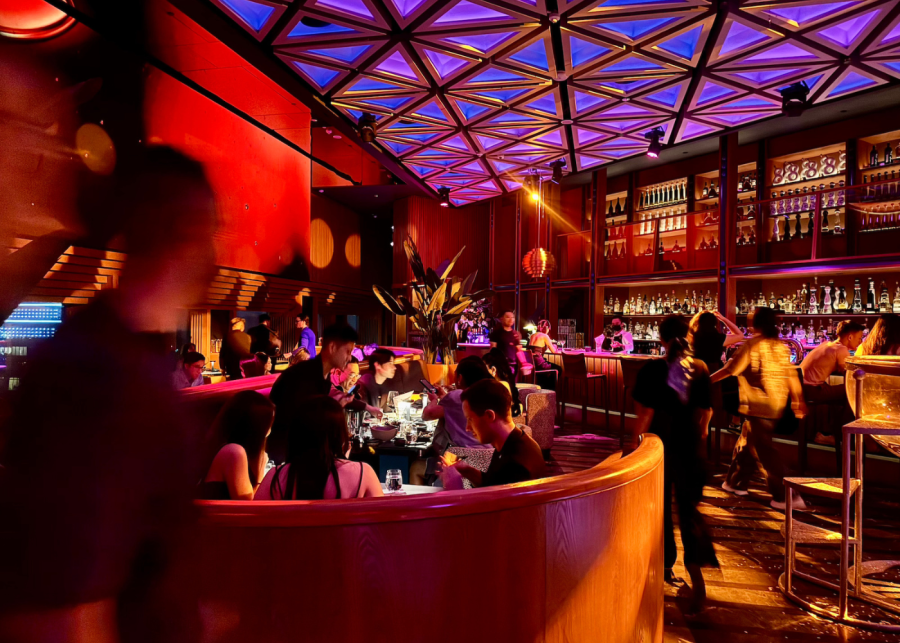
Singapore nightlife is entering a curated era with multi-concept venues that blend food, music, culture, and design into one seamless night out.
It’s 10pm on a Friday and we’re at Rasa swapping thumping bass and sticky dancefloors for lounging under the stars and sipping sake cocktails to a soulful DJ set. Just a few blocks away, someone’s floating in a rooftop pool at COTU (Centre of the Universe) after a jazz set and a steak dinner. And 62 storeys up at HighHouse, the city skyline sets the stage for burlesque and beautifully plated bites. This is the new era of live music restaurants in Singapore and nightlife where main character energy trades chaos for curation, and routine clubbing nights for a multi-layered experience.
Intrigued to find out more, I asked new venues COTU, Rasa, and HighHouse how they’re leading the charge with multi-concept spaces that blend food, culture, music, and design to reimagine what a night out in Singapore looks like.
The new era of Singapore nightlife: It’s not dead, just evolved
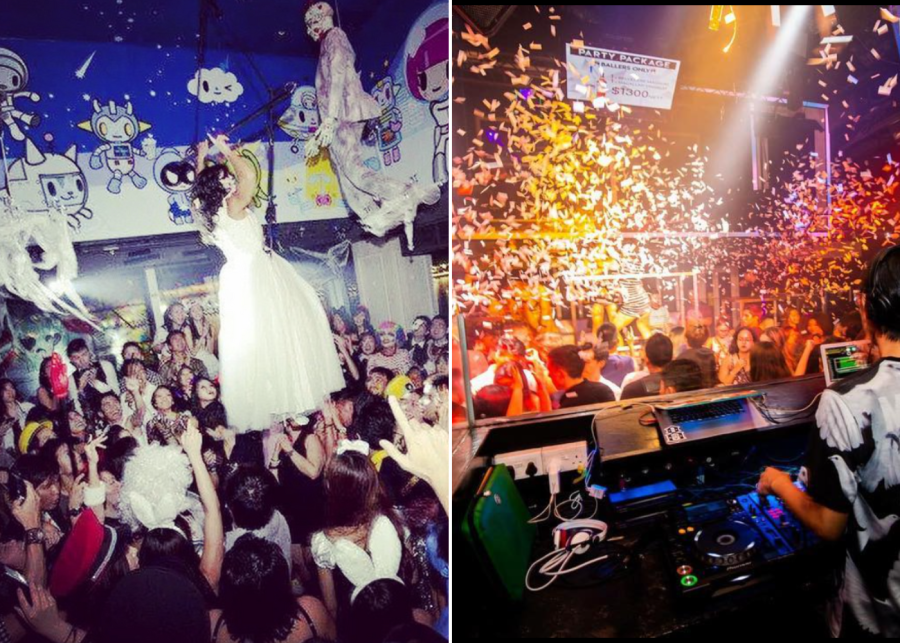
Let’s face it. Nightlife in Singapore had its wild heyday in the 2000s and early 2010s. Remember mega clubs, pounding EDM anthems, sticky dance floors, and a fading stamp on your wrist that guaranteed entry until the wee hours? The weekend ritual was almost sacred: pre-gaming at the Clarke Quay bridge with a cheap bottle from 7-Eleven, before squeezing into the sweaty chaos of Butter Factory, Attica or Zouk. It was an era of $10 Jager Bombs and OTT club themes. Loud, messy, and unapologetically fun, it defined a generation of nights out in Singapore.
But those days have moved on to make way for something far more interesting. Post-Covid, partygoers are pickier and rental costs, drinks, and cab rides home are sky-high. Going out just to get drunk? That’s not the vibe anymore.

The old model – one venue, one purpose – is no longer sustainable. Today’s revellers want more for their money, their time, and their outfit.
“There’s been a clear shift in how people engage with nightlife,” says Sarissa Rodriguez-Schwartz, the co-founder of COTU. “People go out less often. But when they do, they’re seeking something curated, social, and layered – not just loud music or a scene.”
Meet the changemakers: Rasa, COTU and HighHouse
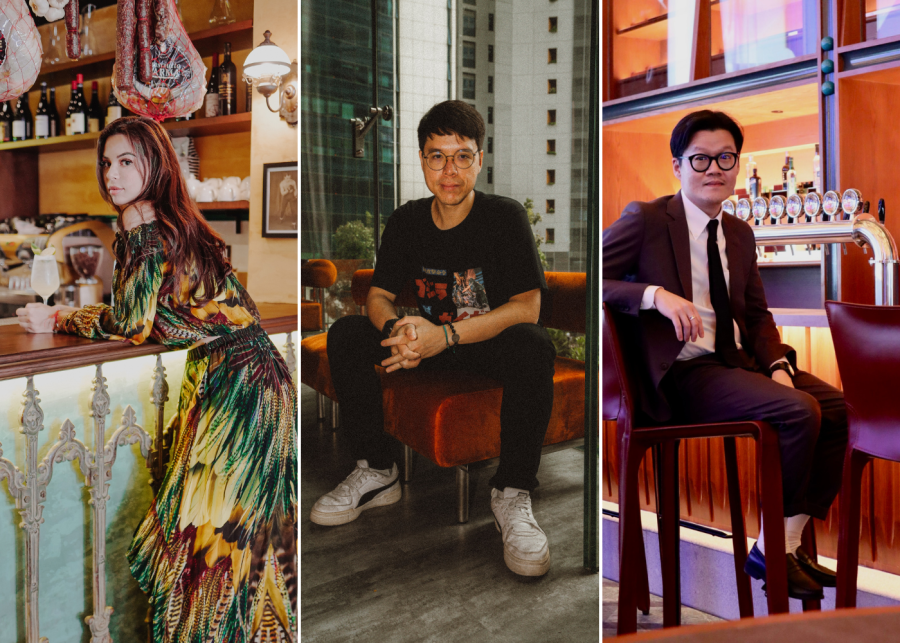
Tucked away in the CBD’s Republic Plaza, Rasa gives off an edgy, underground vibe. It shifts seamlessly from hosting brunch parties to vinyl nights, artist markets, and even afternoon matcha raves.
“Rasa isn’t just about partying; it’s about resonance,” explains Kavan Spruyt, co-founder of Rasa. “We designed it to be open-ended: a lounge, a listening room, a gathering place, a dance floor.”
“People are more intentional now. They want experiences that feel meaningful, not transactional,” he adds. “There’s a growing demand for safer, more inclusive spaces that still deliver on music and energy.”
And it’s working. Rasa has built a loyal community that shows up early, stays late, and contributes ideas through Telegram groups and DMs.
“Whether it’s zero-proof cocktails, local makers, or chef collabs, we want people to feel like they’re part of something layered and thoughtful.”
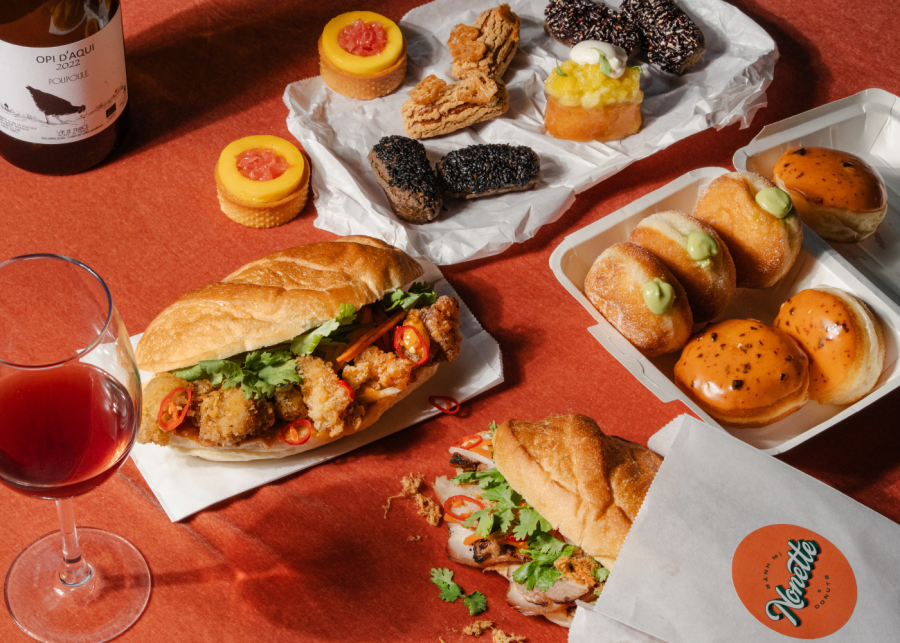
Next, we go sky-high to COTU, a multi-level venue where you can sip craft cocktails at Little Birdie, enjoy live soul and jazz at The Whisper Room, dine at Enso Steakhouse, take in the view at Dashi SkyPool, and end your night at Dashi Go-Go, a high-energy ultra lounge.
“COTU was born from the shared vision of seven co-founders,” Sarissa shares. “We’ve all worked in dining, music, hospitality, and we knew nightlife needed a reset. We saw people craving more than just a bar or a club. They wanted spaces that could evolve through the night.”
To keep things fresh, COTU treats its calendar like an editorial spread. The team rotates genres, brings in artist residences and explores subcultures through the programming. There’s always something to look forward to, and the audience at COTU notices. They show up early, stay longer, and pay more attention.
“They’re discerning,” Sarissa adds. “They notice the music curation, the design, the vibe. And they want it all to feel intentional.”

At the top of One Raffles Place sits HighHouse. It’s a swanky, dining-meets-entertainment lounge on the 61st story accompanied by its alfresco rooftop nightlife counterpart, Nova, on level 62. In just under two years since its opening, this rooftop restaurant and bar has played host to cool themed nights, pop-ups, guest chefs, and ever-changing menus.
The experience is designed to unfold like chapters in a story. Start with a performance over dinner, head to a cocktail bar, pop into a karaoke room with friends, then ride the elevator to Nova for rooftop revelry.
“After decades in nightlife, I knew people wanted more than just loud music in a dark room,” says Wayne Lee, the general manager of HighHouse and Nova. “Covid made that even clearer.”
The crowd has changed, and so has the clock
Everyone agrees that the days of arriving at midnight and dancing till dawn are fading. Not that it’s a bad thing. If you wanna stay out till late, there’s no judgement. But now the night is more nuanced and curated for imbibers. There’s a rising appetite for vibe dining, early evening outings, and immersive one-stop-shop experiences.
“We’re seeing more thoughtful spending,” Wayne says. “Gen Zs are drinking less but want unique concepts. Millennials still want to go out, but it’s more about dinner, drinks, and good vibes – not staying out till 4am.”
Kavan echoes this shift: “There’s less of the ‘arrive late, leave drunk’ energy and more of a desire to linger, connect, and explore.”
Sarissa points out that people want venues with values.“We’d love to see more spaces champion sustainability, inclusion, and artistic integrity. More collaboration between scenes – music, fashion, design, tech.”
Challenges? Sure, but creativity wins
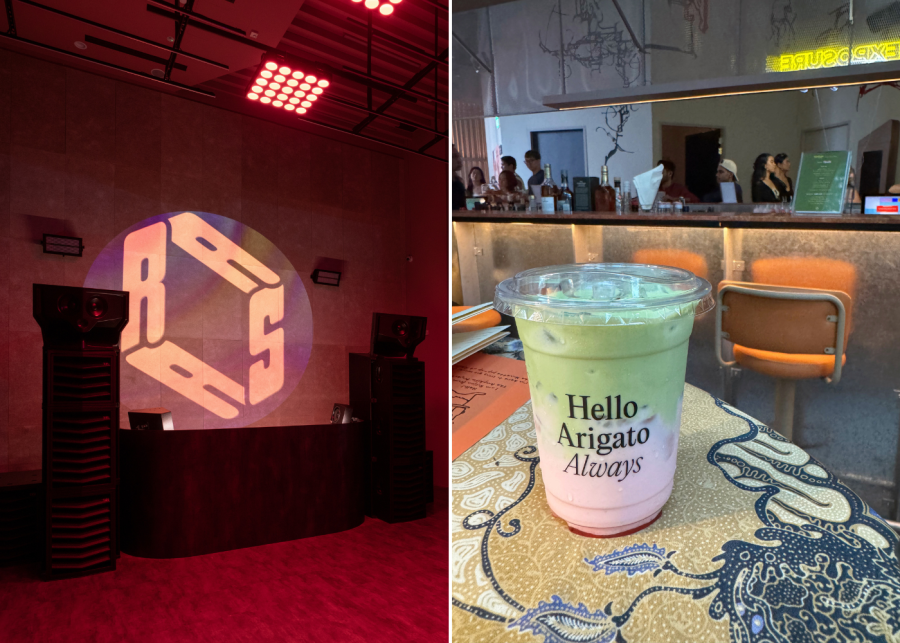
Running a multi-concept venue isn’t easy. It requires cohesive design, tight operations, and a deep understanding of the audience’s mood. But for these nightlife changemakers, the payoff is in the magic of transformation. At HighHouse, Wayne says they keep the excitement alive with weekly themes, guest chefs, and a smart rotation of entertainment styles.
“Our challenge is giving guests enough versatility in one location to feel it’s worth the spend, and making sure the experience doesn’t get stale,” Wayne explains. “You can’t run on autopilot anymore. People want novelty. They want stories.”
Kavan concurs, adding that the task for Rasa was to design something “modular” that could host brunch, a DJ set, or a market without losing its identity.
What’s next for nightlife in Singapore?
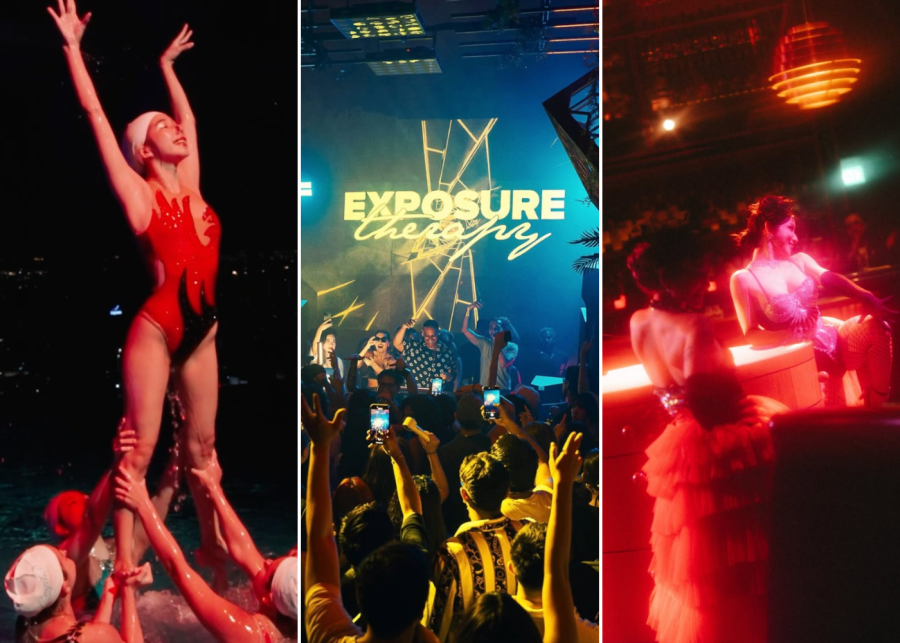
It’s leaning towards creative, community-driven fun. Expect more spaces that feel like cultural hubs rather than sole places to party. We’re talking about genre-bending playlists, artist-led events, and destinations that flex with your energy – not the other way around. It no longer revolves only around entertainment.
According to Sarissa, it’s about identity and connection. As Wayne puts it, the future is hybrid. The challenge is to keep innovating to stay hungry and nimble.
“We’d love to see Singapore own its Southeast Asian identity more boldly – not just importing trends, but building real, homegrown culture,” Kavan says.
TL;DR: Nightlife’s not dead, it’s just grown up
We’ve outgrown the way we used to party. This new era is all about layered experiences, thoughtful curation, and having a good time. Honestly? I’m here for it. I used to be that party-pooper friend who’d groan whenever someone suggested hitting up a nightclub. The idea of getting sleepy-drunk and elbowing my way through a packed dancefloor? Not exactly my kind of fun.
Now, those days feel like a past life. Give me a fantastic meal, live music, rooftop cocktails and maybe a little dancing if the vibe’s right – that’s the kind of night I’ll say yes to. As it turns out, I’ve evolved. And I’m glad Singapore’s nightlife has, too.
